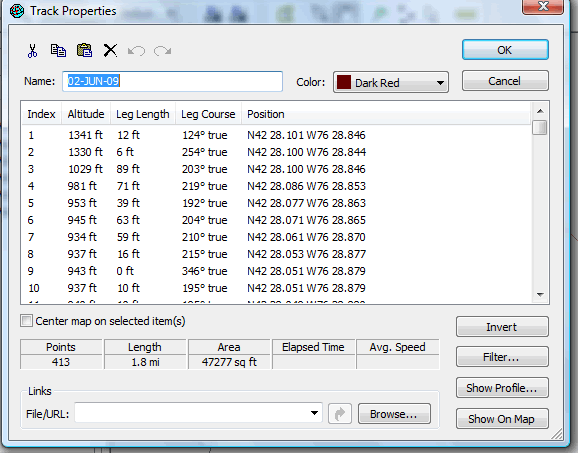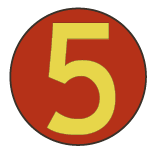
Introduction
In most written media, time progresses as you move down a page: mainstream computing languages are no different. Anonymous Closures are a language mechanism that, effectively, lets programmers create new control structures. Although people associate this power with exotic dynamic languages such as FORTH, Scheme and TCL, closures are becoming a feature of mainstream languages such as Javascript and PHP (and even static languages such as C#.)
Although this article talks about issues that you’ll encounter in languages such as C# and Scheme, I’m going to focus on Javascript written on top of the popular JQuery library: I do that because JQuery is a great toolkit that lets programmers and designers of all skill levels do a lot by writing very little code. Because JQuery smooths away low-level details, it lets us clearly illustrate little weirdnesses of its programming model. Although things often work “just right” on the small scale, little strange things snowball in larger programs — a careful look atthe little problems is a key step towards the avoidance and mitigation of problems in big RIA projects.
Continue Reading »
Paul Houle on June 23rd 2009 in Asynchronous Communications
Introduction
The Garmin eTrex series are popular handheld GPS units. The eTrex H is a inexpensive unit with excellent sensitivity and accuracy, and the eTrex Vista HCx is a favorite of OpenStreetMap contributors because it accepts a microSD card which can hold OSM maps. I intended to use my Vista HCx to contribute to OSM and to georeference photographs, but I was shocked to discover that eTrex units remove time information from saved tracks. This means that saved tracks aren’t useful if you want to georeference photographs with an application like GPicSync. There’s a simple solution to this problem: avoid using saved tracks, and download the “Active Track” instead.
Saved Tracks
The eTrex units “dumb down” saved tracks by (i) reducing the number of points, (ii) removing time information, and (iii) applying spatial filtering. A saved track looks like this in Garmin MapSource:

This track could be useful for mapping, but lacking time information, it can’t be used to reference events that occur at a particular moment in time. Although the eTrex has a number of menu items for configuring the active track (to, for instance, increase the sample rate at which points are taken) there are no options that influence the information stored in saved tracks.
Continue Reading »
Paul Houle on June 3rd 2009 in GIS

![[Generation Five]](/q/wp-content/themes/mach-go/images/GenerationFive.png)
![[Reliable And Maintainable Software For The Next Generation]](/q/wp-content/themes/mach-go/images/ReliableAndMaintainableSoftwareForTheNextGeneration.png)


